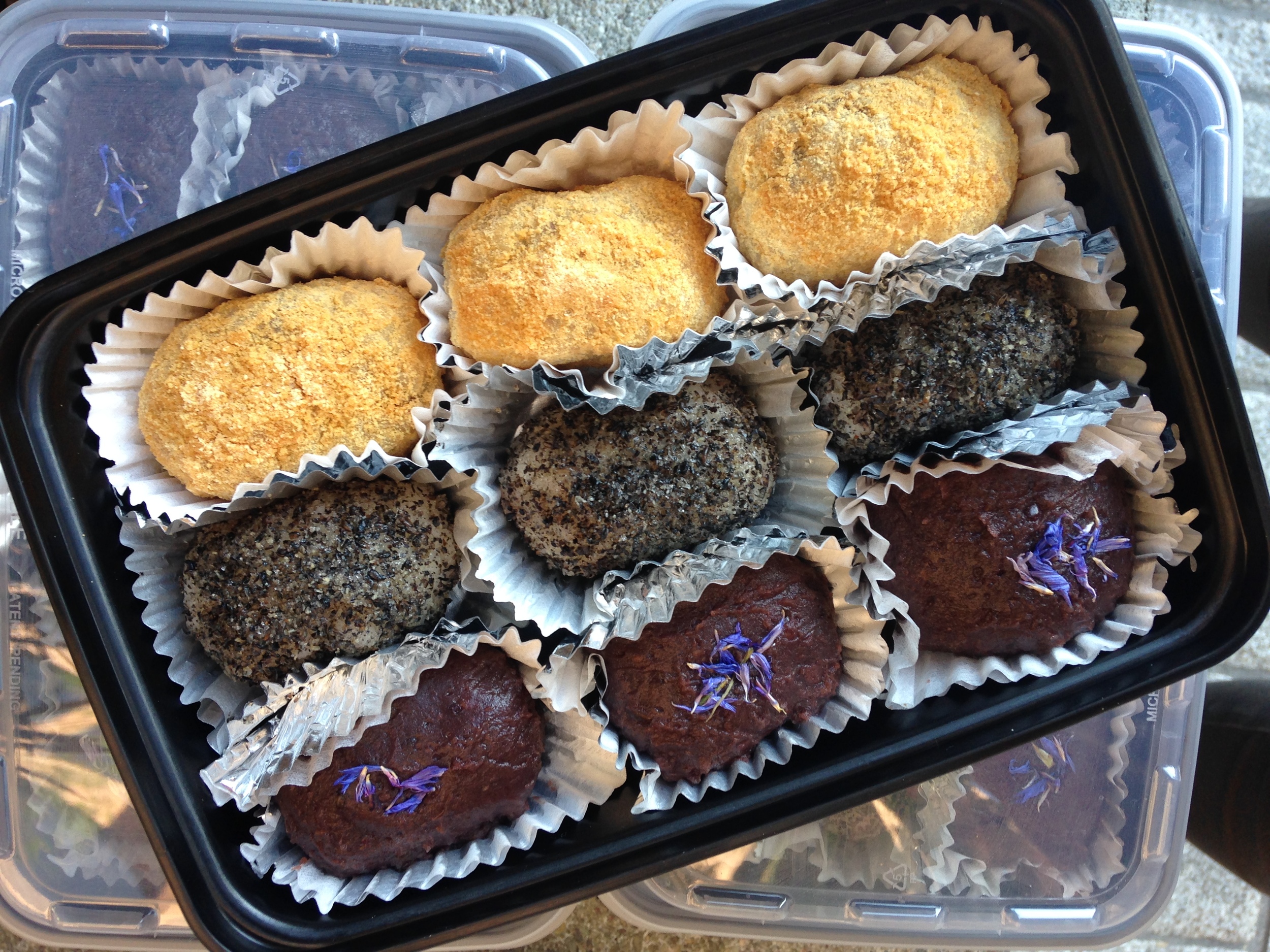When my painting projects are black and white, our plates become more colorful.
I shared Mia’s first-ever bento on Instagram yesterday, and was happy to hear you’d like the recipes too! Obento have a special place with many sweet memories—always accompanied by people I love and specific places other than at tables. Some of those include sitting in trees, on grass, on the ground in a basketball court, a random bench, etc. For me, food is better shared than eaten alone!
I translated my versions here, which come from recipes in Japanese from websites or cookbooks I’ve brought back from Japan over the years. There are also links below to either the original recipe or something similar, in Japanese (which Google translate can hopefully help with), with more photos and some videos for the steps.
Some bento basics:
Prep: chop, clean, mix seasonings the day before. Leave rice for the day-of.
Colors: at least 3, ideally 5
Packing: Cool the food, drain any liquid before adding the dish in, start from the biggest to smallest (rice, protein, veg, filler) and pack it tight
Shimeji Mushroom & Carrot Stir Fry
Adapted from しめじと人参の和え物
shimeji or enoki mushroom (1 pack), cut from base, pulled apart
carrots (2), julienned
mirin, soy sauce 1 T each
granulated dashi 1/2 tsp
toasted white sesame seeds
Stir fry shimeji and carrots. Add the seasonings, keep mixing until liquid is absorbed.
Serve topped with ground or whole toasted white sesame seeds.
Cucumber Miso
similar: きゅうりの味噌和え
Persian cucumbers (2), cut in even thick matchsticks about 1” long
white miso 1 T
mirin 1 tsp
Use a stick to whack the cucumber (yes, really) and soften. Cut into 1” long, thick matchsticks.
Mix miso and mirin until smooth. Combine with cucumber. Note - will release liquid so drain before adding to bento.
Simmered Kabocha
similar: かぼちゃの煮物
kabocha squash (1/4), cut in 1-1.5” equal sized pieces
sake, sugar 1 T each
water
mirin 1.5 T
soy sauce 0.5 T
Carefully cut away tiny bits of kabocha skin for even cooking (but don’t remove it all).
Place kabocha skin side down in one even layer in small pot, nestled together but not overlapping.
Add sake, sugar, and water up to 2/3 height of kabocha pieces.
Bring to boil. Then add a drop lid (or a piece of foil and push it down). Simmer until easy to pierce through.
Remove from heat and leave with drop lid/foil lid for 5 minutes.
Store in fridge with juices - flavor gets better over time!
Sweet and Spicy Eggplant
similar: なすの辛子醤油漬け
Japanese eggplant (3), or 1 small other variety
yellow mustard 1 tsp
soy sauce 1 T
mirin 2 T
Cut eggplant in 1/4” thin slices. Rinse and dry. Mix mustard, soy, mirin in a bowl until smooth.
Saute in pan until soft. Add mustard, soy, mirin. Stir until liquid is absorbed.
Garlic Mayo Chicken
adapted from ガーリックマヨチキン
chicken thigh (3), trimmed and cut in large bite-size pieces
mayo 2 T
soy sauce 1 tsp
garlic, freshly pressed 1 tsp
sake, mirin 1 T each
salt and white pepper, pinch
potato starch 4 T
neutral oil 1 T
Combine chicken pieces and seasonings through salt and pepper in ziploc. Refrigerate overnight (or freeze if using days later)
When ready to cook, heat pan, add oil. Add chicken to bowl of potato starch and mix well.
Place each piece on pan without crowding. Flip once browned and crispy on one side. Wipe pan and work in batches if needed.
Place on paper towel to avoid getting soggy after cooking.
Japanese Sweet Potato Rice
similar: さつまいもご飯
short/medium grain rice, white or brown 1.5 C
Japanese* sweet potato (1 medium)
sake 2 T
kombu 5 cm
salt 1/2 tsp
to serve: salt and toasted black sesame seeds
Wash and cut sweet potato in 1/2” cubes (skin on). Soak in water 10 minutes, rinse and dry.
Wash rice, drain water well, add to rice cooker along with water, sake and salt. Place kombu on top. Add sweet potato. Soak 30 minutes before starting rice cooker.
Leave in rice cooker 10 minutes after it’s done. Serve with sprinkles of salt and toasted black sesame seeds.
*Trader Joe’s carries them now! Different sweet potato variety is ok but won’t have the same texture or nutty flavor.
Colorful Fillers
Broccoli, tops only with minimal stem, blanched in salted water
Tomatoes (1 or 2 slices or cherry tomatoes)
Strawberries (1 or 2)
Online Bento Resources
Just One Cookbook: Searched “Bento” and found tons of ideas and recipes in English. I’ve used her recipes for other dishes and they’ve all turned out well.
Chopstick Chronicles: Great tips on how to make and assemble a bento with pictures
Chopstick Chronicles: Bento Menu - tons of bento recipes in one place
Final Tip
Obento (“bento”) are best eaten with others so if you’re making one, you might as well make two (or more)! Mia’s first obento was special because we got to share it with friends.
The middle two were for her friends who we knew eat a little less, while Mia had an adult-sized portion to match her appetite… just like her mama’s.
Have you had Japanese obento? I’d love to hear what you thought or if you have any questions about them!







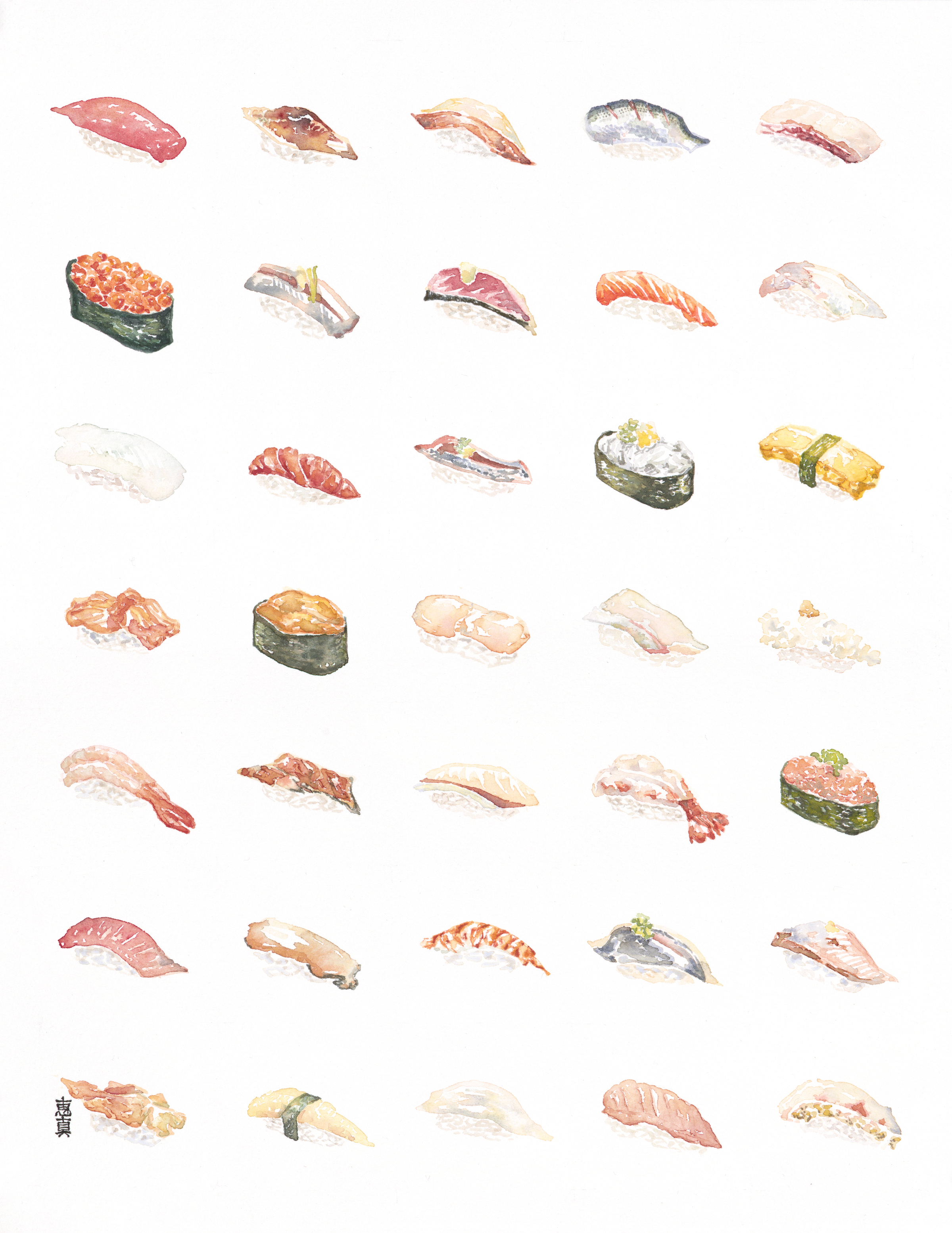
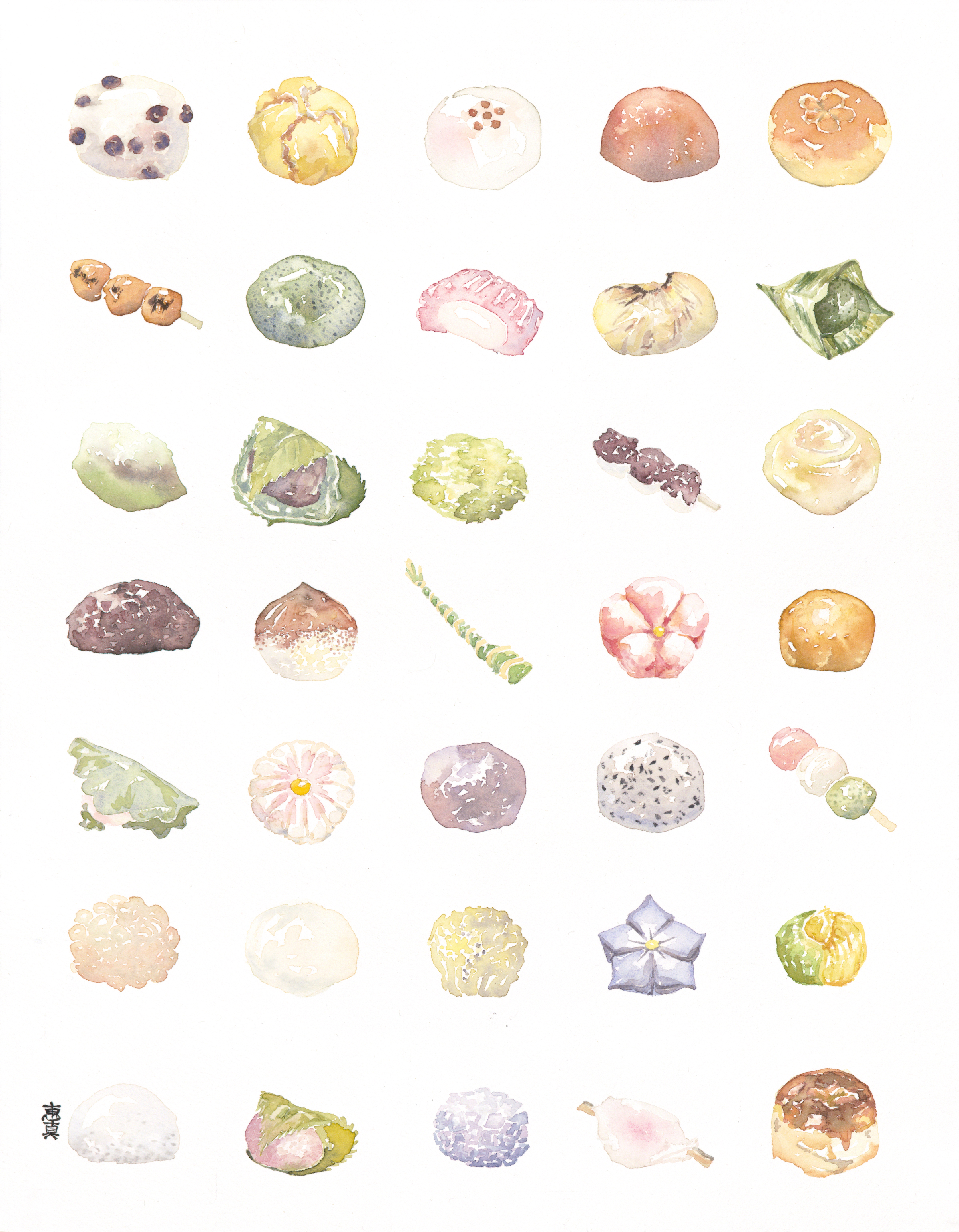


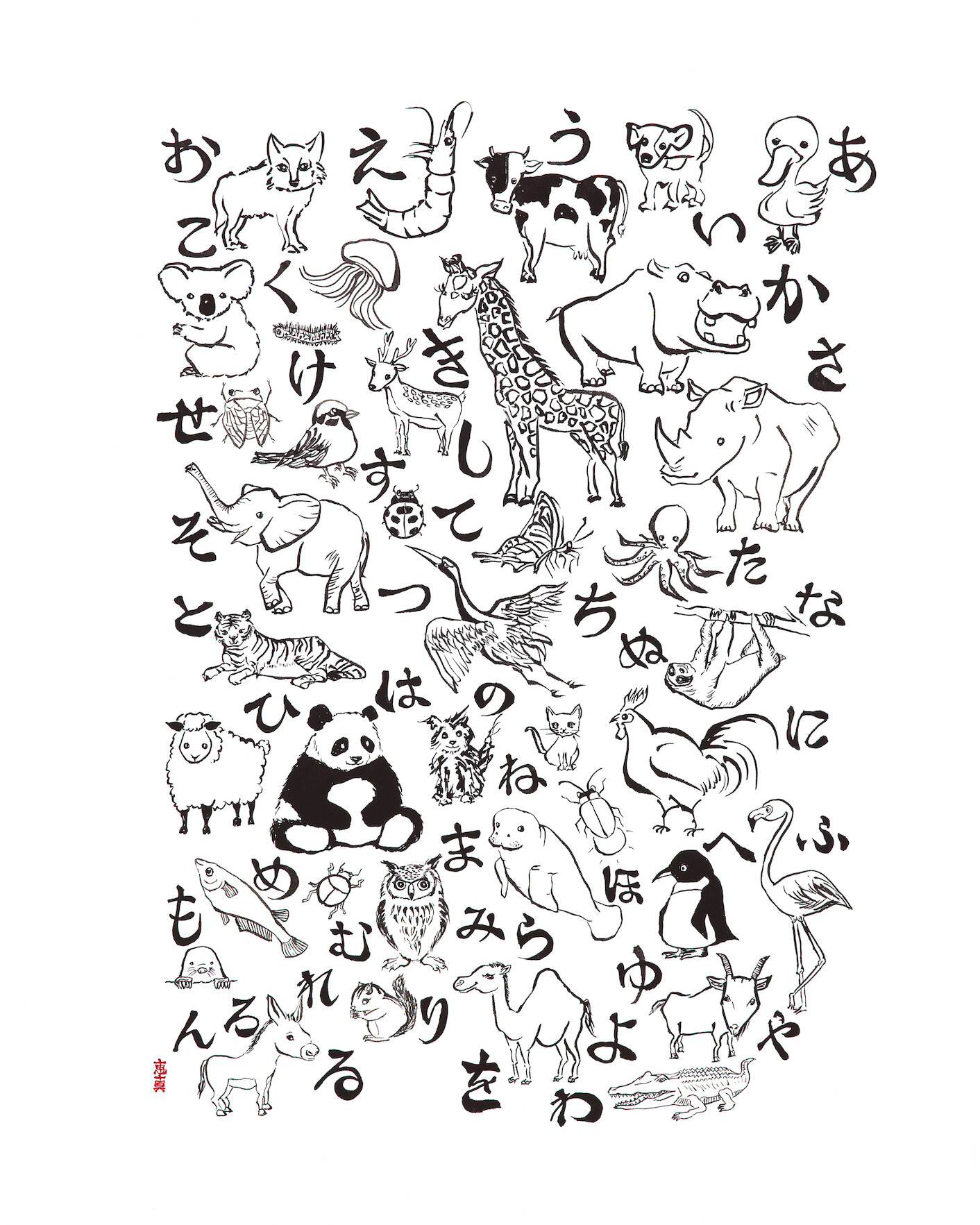

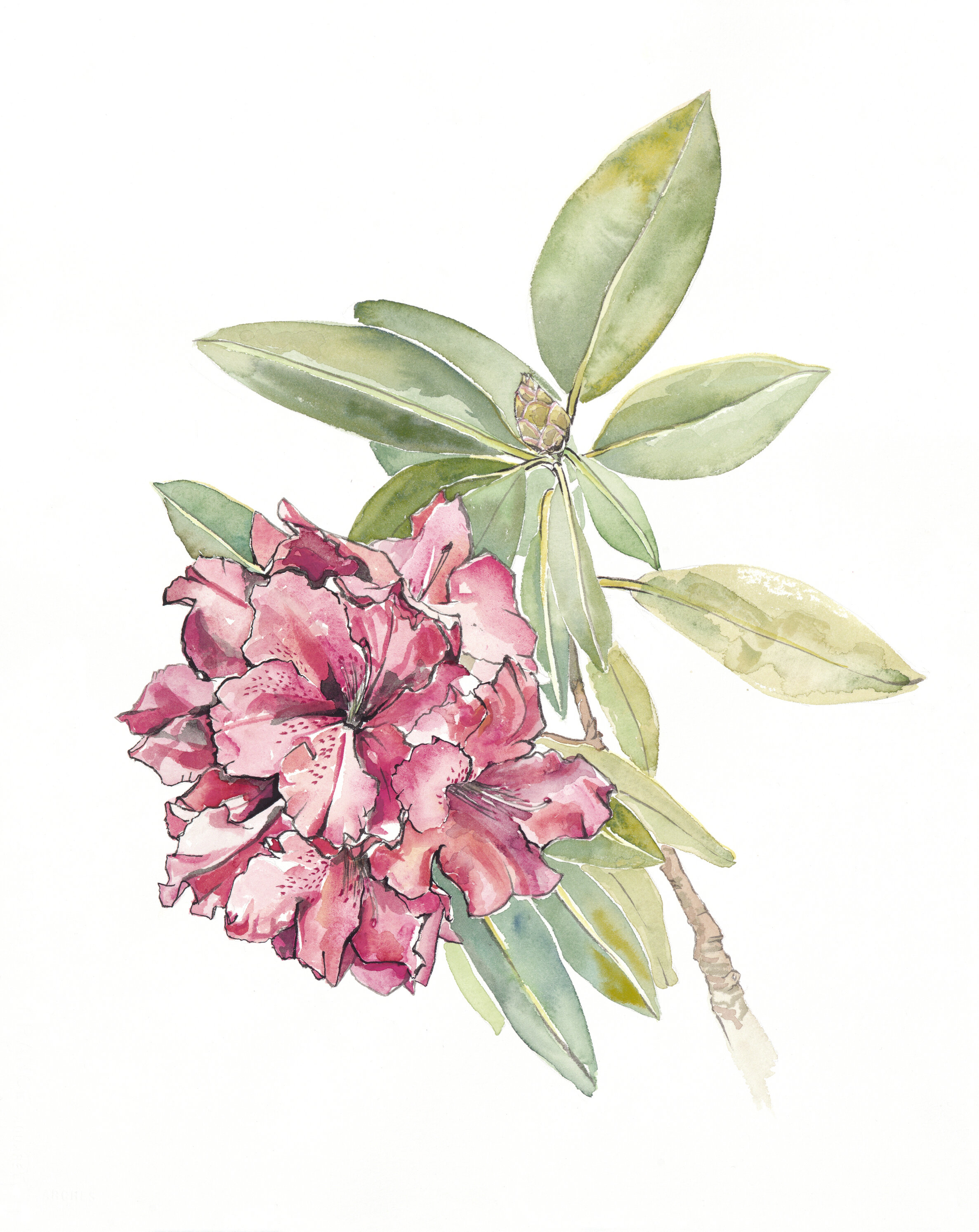

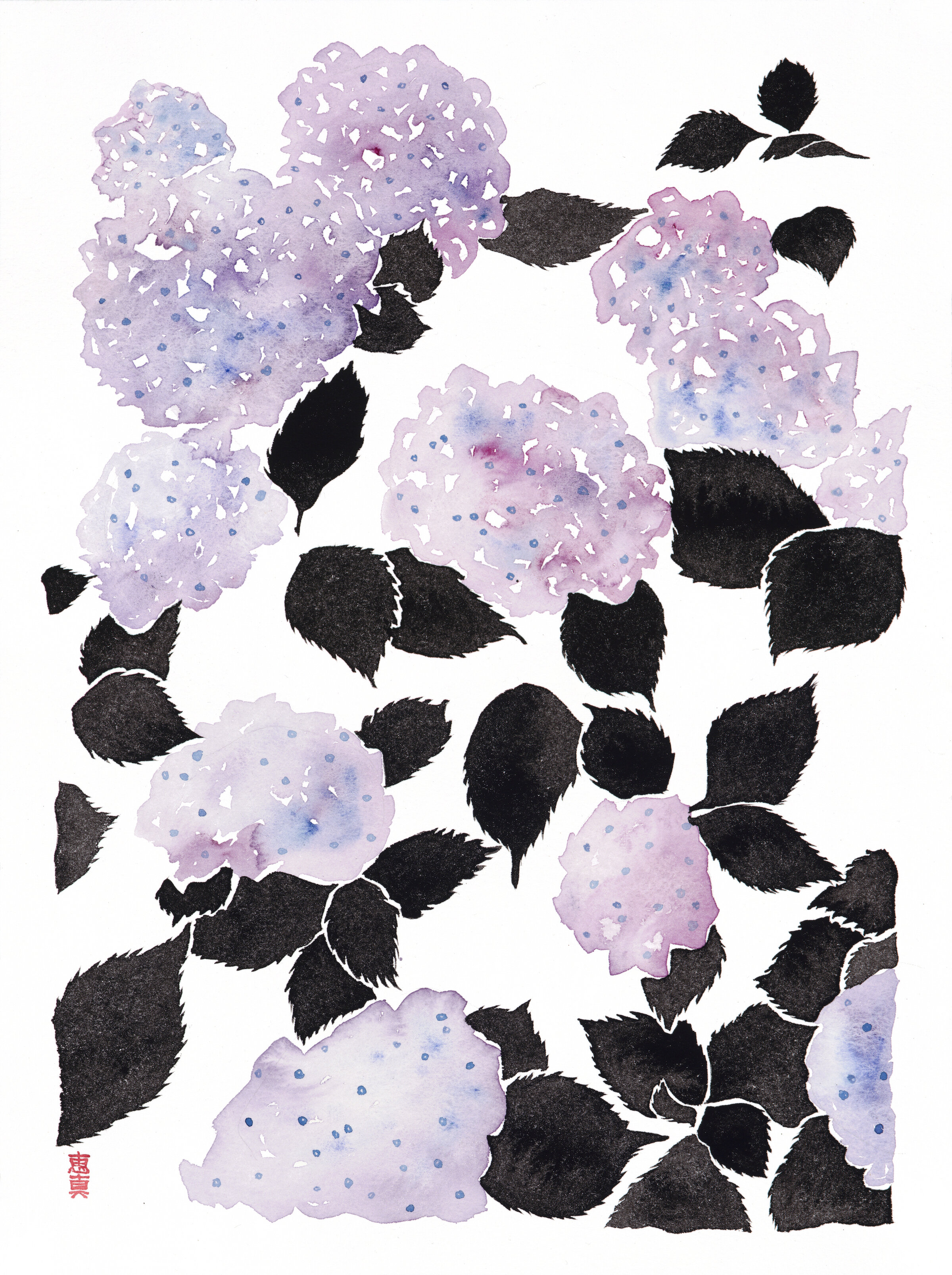
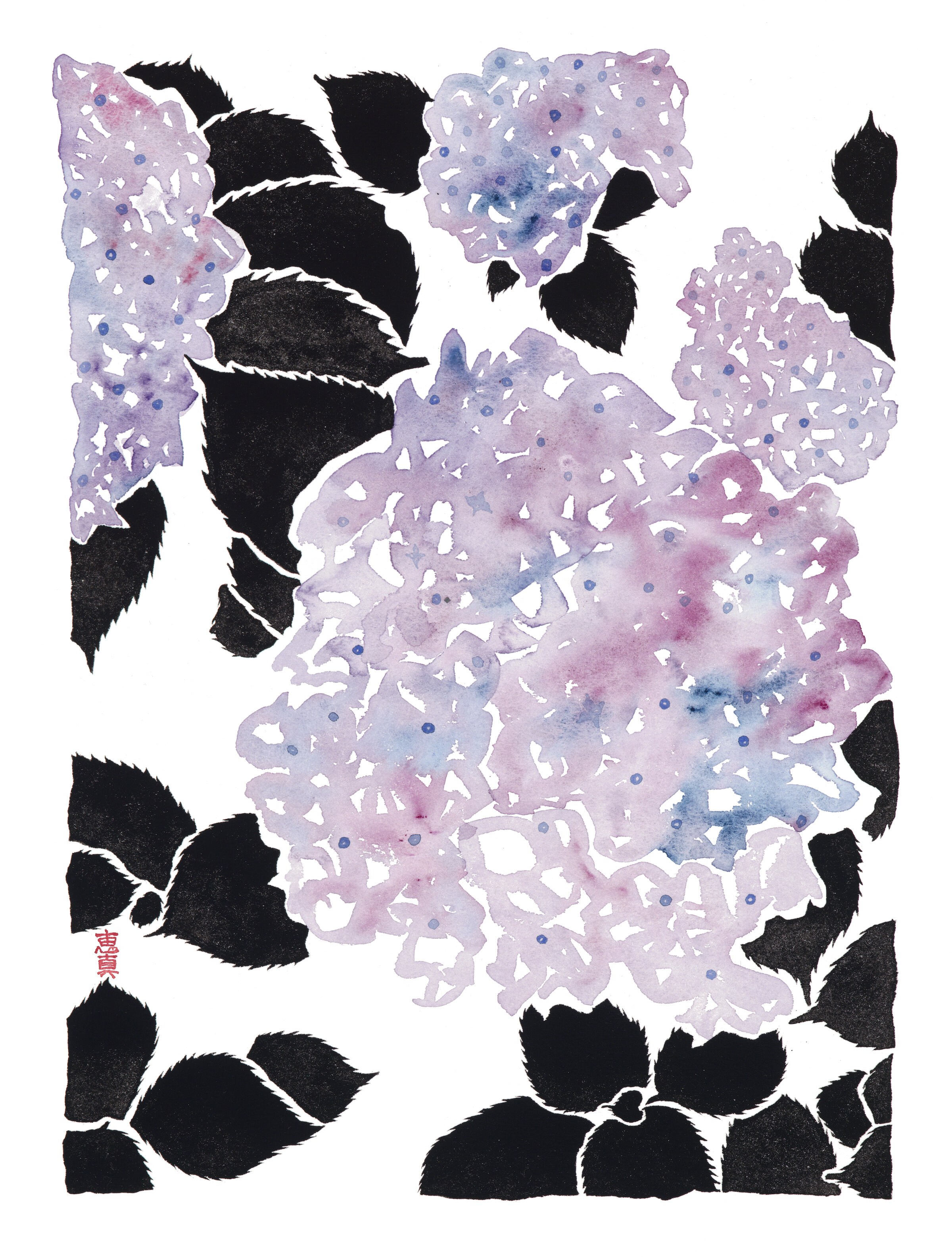

![Ochawan [16x20" - $95] giclee print of an original 16x20" watercolor painting of 70 types of Japanese tea bowls of various regions.](https://images.squarespace-cdn.com/content/v1/55c53806e4b0851a71cf32aa/1569950762572-SMZXGP1OP24GN8AGI45N/Chawan_s.jpg)
![Nigiri [11x14" - $80] giclee print of an original 11x14" watercolor painting of 35 types of nigiri sushi.](https://images.squarespace-cdn.com/content/v1/55c53806e4b0851a71cf32aa/1569950820145-4GKB7AQOSWYMB417O1LZ/Sushi_s.jpg)
![Wagashi [11x14" - $80] giclee print of an original 11x14" watercolor painting of 35 types of traditional Japanese confections.](https://images.squarespace-cdn.com/content/v1/55c53806e4b0851a71cf32aa/1569950871625-W8KHYZ4AHD2TKLT4R7PA/Wagashi_s.jpg)
![Yasai [11x14" - $80] giclee print of an original 11x14" watercolor painting of 35 types of Japanese vegetables.](https://images.squarespace-cdn.com/content/v1/55c53806e4b0851a71cf32aa/1569951027176-I7AZ23XW56L6I39D4JSU/Yasai_s.jpg)
![Hiragana Animals [16x20" - $95] giclee print of an original 16x20" Japanese sumi ink painting of animals that correspond with Japanese letters (hiragana).](https://images.squarespace-cdn.com/content/v1/55c53806e4b0851a71cf32aa/1569951092477-PBE8ZV8U22GTZUXUD6JQ/animals_Final_s.jpg)
![Hydrangea 1 [11x14" - $80] giclee print of an original 12x16" sumi ink and watercolor painting of hydrangeas in late spring in Tokyo.](https://images.squarespace-cdn.com/content/v1/55c53806e4b0851a71cf32aa/1569951158874-V6ITYM1YFEYI0E5LY3EA/Hydrangea1_s.jpg)
![Hydrangea 2 [11x14" - $80] giclee print of an original 12x16" sumi ink and watercolor painting of hydrangeas in late spring in Tokyo.](https://images.squarespace-cdn.com/content/v1/55c53806e4b0851a71cf32aa/1569951213047-86QXIZEEDBDU7I0KBU95/Hydrangea2_s.jpg)
![Hydrangea 3 [11x14" - $80] giclee print of an original 12x16" sumi ink and watercolor painting of hydrangeas in late spring in Tokyo.](https://images.squarespace-cdn.com/content/v1/55c53806e4b0851a71cf32aa/1570128263858-V8RYQWTU9JFMMC47CATP/Hydrangea3_s.jpg)
![Peony [16x20" - $95] giclee print of an original 16x20" sumi ink and watercolor painting of a backyard peony.](https://images.squarespace-cdn.com/content/v1/55c53806e4b0851a71cf32aa/1569951440906-SHI2YVYZG34QTW097099/peony_s.jpg)
![Blush Peony [16x20" - $95] giclee print of an original 16x20" sumi ink and watercolor painting of a backyard peony.](https://images.squarespace-cdn.com/content/v1/55c53806e4b0851a71cf32aa/1569951564278-J921Z9KW2U2ERL4T4RLY/BlushPeony_s.jpg)
![Rhododendron [16x20" - $95] giclee print of an original 16x20" sumi ink and watercolor painting featuring a front yard peony.](https://images.squarespace-cdn.com/content/v1/55c53806e4b0851a71cf32aa/1569951651463-UJJZCYIZI179G1UKHP0E/Rhododendron_s.jpg)

